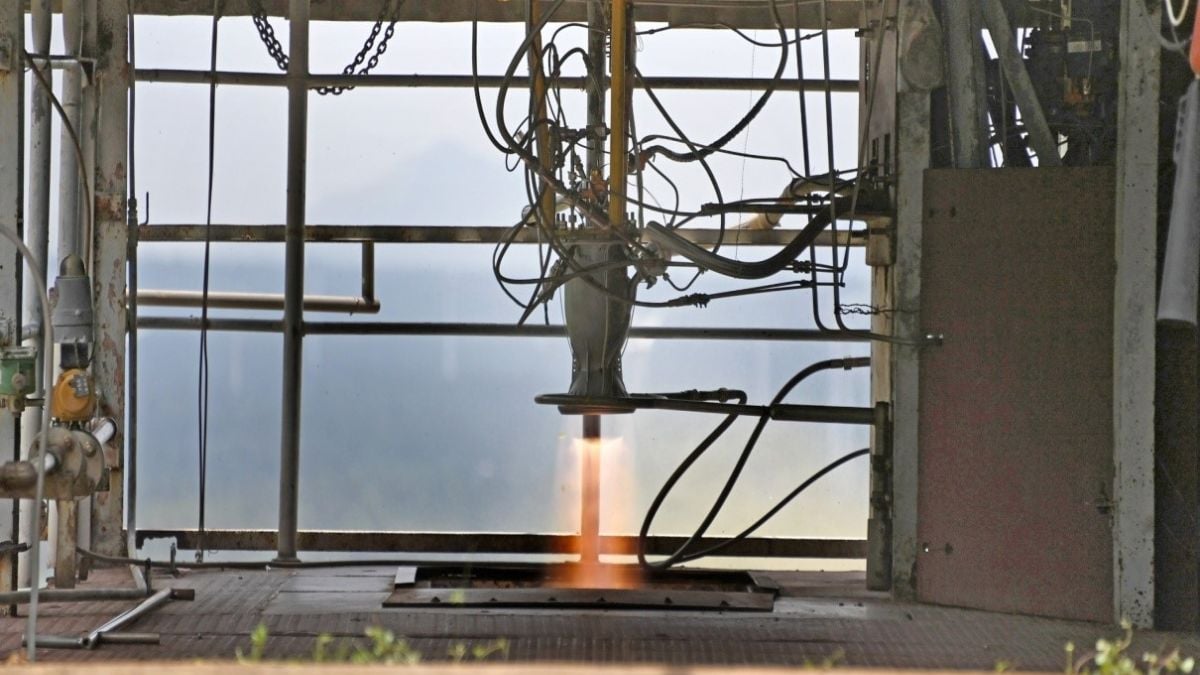Design & manufacturing breakthrough: ISRO successfully conducts test of PS4 engine saves 97% of raw materials, 60 pc production time
The PS4 engine manufactured in the conventional machining and welding route has been in use for the fourth stage of PSLV which has a thrust of 7.33 kN in vacuum condition. The same engine is also used in the Reaction Control System of the first stage of PSLV.

In a major milestone with the successful hot testing of liquid rocket engines manufactured through Additive Manufacturing (AM) technology, ISRO has successfully conducted a long-duration test of its PS4 engine, also known in common parlance as 3D printing.
The new engine, now a single piece, saves 97 per cent of raw materials and reduces production time by 60 per cent, ISRO said, adding that the it, now a single piece, saves 97 per cent of raw materials and reduces production time by 60 per cent.
Design & Manufacturing Breakthrough:
— ISRO (@isro) May 10, 2024
ISRO successfully conducts a long-duration test of the PS4 engine, re-designed for production using cutting-edge additive manufacturing techniques and crafted in the Indian industry.
The new engine, now a single piece, saves 97% of raw… pic.twitter.com/YdDsDm3YGF
The engine used is the PS4 engine of PSLV (Polar Satellite Launch Vehicle) upper stage. The PS4 engine manufactured in the conventional machining and welding route has been in use for the fourth stage of PSLV which has a thrust of 7.33 kN in vacuum condition. The same engine is also used in the Reaction Control System (RCS) of the first stage (PS1) of PSLV, the release said.
The engine uses the earth-storable bipropellant combinations of Nitrogen Tetroxide as oxidiser and Mono Methyl Hydrazine as fuel in pressure-fed mode. It was developed by ISRO’s Liquid Propulsion Systems Centre (LPSC). LPSC redesigned the engine making it amenable to the Design for Additive Manufacturing (DfAM) concept thereby gaining considerable advantages.
The Laser Powder Bed Fusion technique employed has brought down the number of parts from 14 to a single-piece, and eliminated 19 weld joints, saving significantly on the raw material usage per engine (13.7 kg of metal powder compared to the 565 kg of forgings and sheets for conventional manufacturing process) and reduced 60 per cent in the overall production time, the ISRO release said.






















